World Biodiversity Day 2021
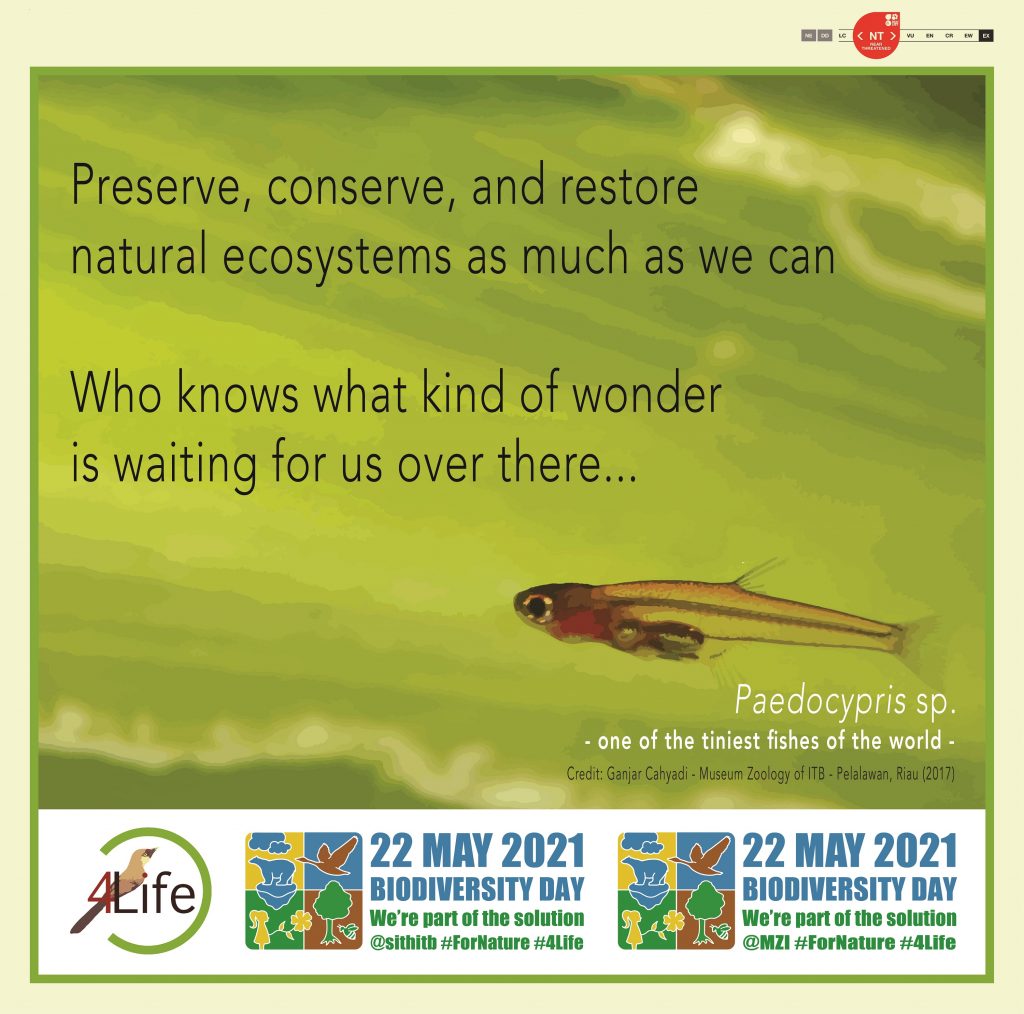
ID
Dalam rangka menyambut Hari Keanekaragaman Hayati Dunia, Indonesia patut berbangga. Mengapa tidak?, salah satu kekayaan hayati yang Indonesia miliki adalah salah satu ikan air tawar terkecil di dunia yang unik. Ikan ini baru diperkenalkan ke dunia 15 tahun lalu sebagai genus Paedocypris. Tidak hanya itu, anggota dalam genus tersebut juga merupakan spesies baru yang diperkenalkan bersamaan, masing-masing adalah Paedocypris progenetica dan P. micromegethes. Bahkan, saat itu P. progenetica yang berasal dari Jambi sempat diklaim sebagai vertebrata (hewan bertulang belakang) terkecil di dunia dengan ukuran individu dewasa hanya sekitar 7 – 8 mm (Kottelat et al. 2006). Studi terkait eksplorasi, identifikasi molekuler dan deskripsi spesies baru dari Paedocypris pun terus dilakukan. Sebagai contoh, Rüber et al. (2007) memaparkan bahwa setidaknya terdapat empat spesies Paedocypris yang berbeda dengan dua spesies yang telah diketahui sebelumnya, setelah dilakukan analisis DNA dari Paedocypris yang masing-masing berasal dari Pulau Singkep, Pulau Bangka, Pontianak, dan Kalimantan Tengah. Hal ini kemudian ditindaklanjuti oleh Britz & Kottelat (2008), dengan memperkenalkan Paedocypris carbunculus sebagai spesies ketiga dari ikan mini ini yang berasal dari Pangkalan Bun, Kalimantan Tengah. Tidak hanya itu, Paedocyprididae juga diperkenalkan sebagai famili baru untuk mewadahi semua spesies Paedocypris karena keunikannya (Mayden & Chen 2010).
Selain penampakkannya yang unik, Paedocypris juga memiliki habitat yang unik dan spesifik yaitu di hutan rawa gambut. Sayangnya, habitat tersebut merupakan salah satu habitat yang paling terancam di dunia. Ancaman paling besar adalah deforestasi, alih fungsi lahan serta fragmentasi habitat. Hal ini secara langsung tentu akan berpengaruh terhadap keberadaan Paedocypris di dalamnya. Saat ini, Paedocypris progenetica dan P. carbunculus memiliki status hampir terancam punah, bahkan P. micromegethes sudah berstatus rentan akan kepunahan (Lumbantobing 2019a; 2019b; 2020). Hal ini diharapkan menjadi perhatian bersama para pemangku kepentingan sehingga kelestarian ikan mini yang unik ini dapat terjaga, apalagi potensi setidaknya tiga spesies baru Paedocypris sudah ada di depan mata (Rüber et al. 2007), termasuk juga Paedocypris pada foto diatas yang berasal dari pedalaman hutan gambut di Riau dan belum pernah terekam sebelumnya.
EN
Celebrating World Biodiversity Day aside, Indonesia should always be proud. Why not? We actually have one of the smallest, and unique, freshwater fish in the world. It was first introduced 15 years ago as a member of the proposed genus Paedocypris. Not only that, but members of this genus are also new species that were introduced together, namely Paedocypris progenetica and P. micromegethes, respectively. In fact, at that time, P. progenetica originating from Jambi was claimed to be the smallest vertebrate in the world, as its adult individual size is only 7 – 8 mm (Kottelat et al. 2006). Studies related to the exploration, molecular identification and descriptions of new species of Paedocypris are still ongoing. For example, Rüber et al. (2007) explained that there are at least four different Paedocypris species from the two previously known species, after DNA analysis from Paedocypris which each came from Singkep Island, Bangka Island, Pontianak, and Central Kalimantan. This was followed up by Britz & Kottelat (2008), as they introduced Paedocypris carbunculus to be the third species of this tiny fish originating from Pangkalan Bun, Central Kalimantan. On top of that, Paedocyprididae was finally introduced as a new family to accommodate all Paedocypris species because of their stark uniqueness (Mayden & Chen 2010).
Apart from its unique appearance, Paedocypris also has a very unique, specific and critical habitat: the PEAT SWAMP FOREST. A type of forest ecosystem that is one of the most threatened in the world. The biggest threats comes from deforestation, land-use change and habitat fragmentation which are directly affecting the existence of Paedocypris. As a matter of fact, Paedocypris progenetica and P. carbunculus are currently near threatened, with P. micromegethes has already been vulnerable to extinction (Lumbantobing 2019a; 2019b; 2020). This is expected to be a shared common concern of stakeholders so that we can effectively conserve this unique miniature fish. Especially, since the potential of new species description of Paedocypris is still in sight (Rüber et al. 2007), including Paedocypris in the photo above which comes from the interior of peat swamp forest in Riau that arguably has never been recorded before.
Referensi / References
Britz, R. & Kottelat, M. (2008). Paedocypris carbunculus, a new species of miniature fish from Borneo (Teleostei: Cyprinidontiformes: Cyprinidae). Raffles Bulletin of Zoology, 56(2), 415-422.
Kottelat, M., Britz, R., Hui, T. H., & Witte, K. E. (2006). Paedocypris, a new genus of Southeast Asian cyprinid fish with a remarkable sexual dimorphism, comprises the world’s smallest vertebrate. Proceedings of the Royal Society B: Biological Sciences, 273(1589), 895-899.
Lumbantobing, D. (2019a). Paedocypris micromegethes. The IUCN Red List of Threatened Species 2019: e.T90332118A90332123. https://dx.doi.org/10.2305/IUCN.UK.2019-2.RLTS.T90332118A90332123.en. Downloaded on 21 May 2021.
Lumbantobing, D. (2019b). Paedocypris progenetica. The IUCN Red List of Threatened Species 2019: e.T91067386A91067390. https://dx.doi.org/10.2305/IUCN.UK.2019-2.RLTS.T91067386A91067390.en. Downloaded on 21 May 2021.
Lumbantobing, D. (2020). Paedocypris carbunculus. The IUCN Red List of Threatened Species 2020: e.T91067318A91067324. https://dx.doi.org/10.2305/IUCN.UK.2020-3.RLTS.T91067318A91067324.en. Downloaded on 21 May 2021.
Mayden, R. L., & Chen, W. J. (2010). The world’s smallest vertebrate species of the genus Paedocypris: a new family of freshwater fishes and the sister group to the world’s most diverse clade of freshwater fishes (Teleostei: Cypriniformes). Molecular Phylogenetics and Evolution, 57(1), 152-175.
Rüber, L., Kottelat, M., Tan, H. H., Ng, P. K., & Britz, R. (2007). Evolution of miniaturization and the phylogenetic position of Paedocypris, comprising the world’s smallest vertebrate. BMC Evolutionary Biology, 7, 38.

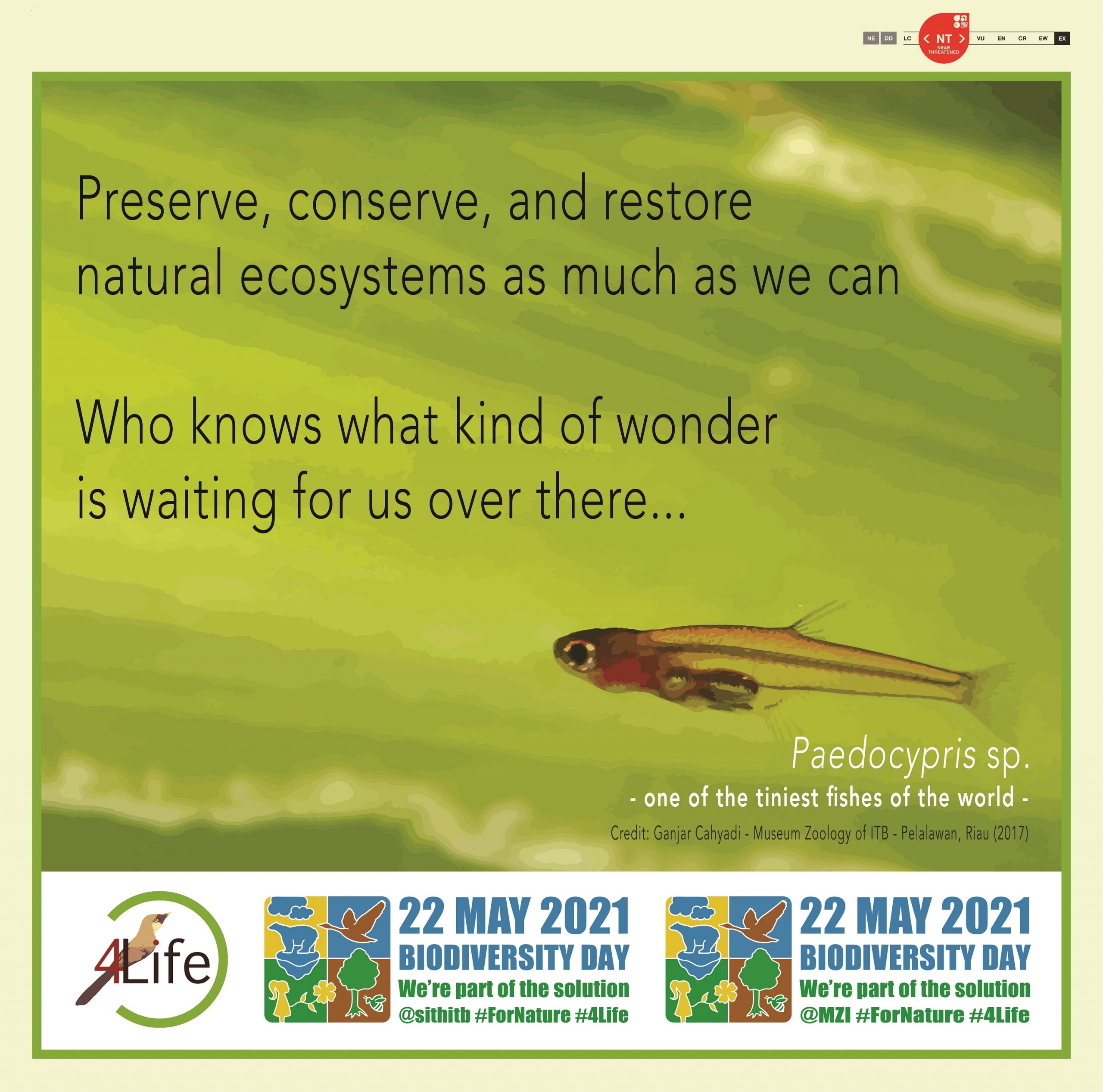
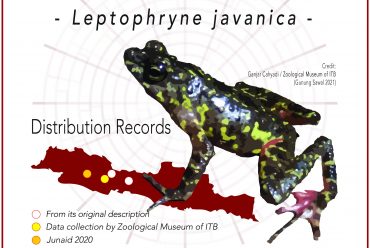

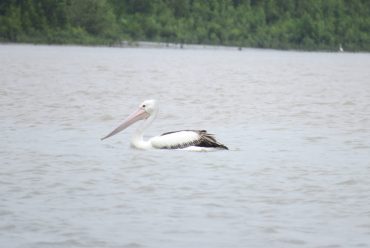
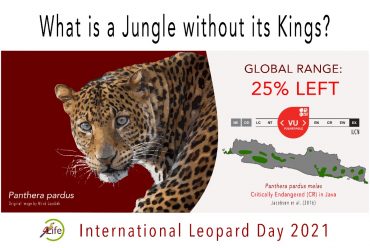
No Comments